Acoustics
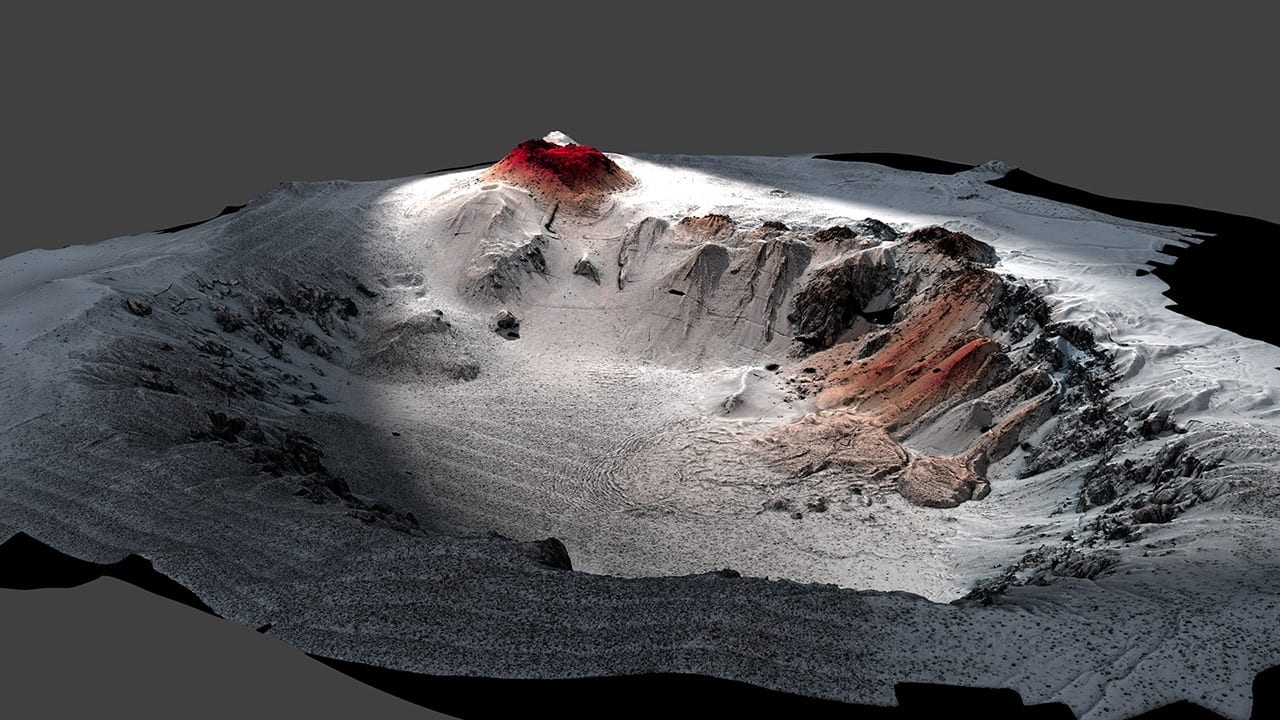
Topography of the Havre caldera. Credit: Rebecca Carey, University of Tasmania, Adam Soule, WHOI, © Woods Hole Oceanographic Institution
What are acoustics?
Acoustics is the science of sound; ocean acoustics attempts to describe how sound behaves in the ocean. A strong understanding of how sound behaves in different conditions beneath the surface of the water or the seafloor helps scientists answer fundamental questions about the planet, the ocean, and marine life.
Sound travels much farther than light through water —in some cases, up to thousands of miles. The speed of sound in the ocean also varies, increasing with increases in temperature, salinity, and pressure (depth). These characteristics make sound an excellent tool to study questions about the physics, chemistry, and biology of the ocean that would be difficult or impossible to approach any other way.
Ocean acoustics can involve detecting and interpreting naturally occurring sounds such as those made by whales and fish or earthquakes, as well as man-made sounds such as those made by ships. Scientists also purposely generate sounds in order to measure ocean currents, track temperature changes over vast areas of the ocean, or measure water depth and map the seafloor. Because sound travels well through solids scientists also use it to probe the structure of sediments and rocks deep beneath the seafloor in order to study such things as the geophysical processes that generate earthquakes, volcanoes, and tsunamis.
News & Insights
Could listening to the deep sea help save it?
A recent New York Times article about sound in the deep ocean briefly mentions the work by Woods Hole Oceanographic Institution (WHOI) acoustic scientist Ying-Tsong “YT” Lin and his work developing an “acoustic telescope.”
For Mark Baumgartner, Whale Safe is the natural evolution of WHOI’s work with passive acoustics
Mark Baumgartner is an expert ocean listener who’s research is providing the groundwork for a new system to reduce ship collisions with whales
WHOI Collaborates on Ocean Detection System to Help Reverse Whale ‘Roadkill’
WHOI and collaborators launched Whale Safe, a detection system that may help prevent large ship collisions with the ocean’s behemoths along the California coast.
Listening to fish with passive acoustics
Scientists at the Woods Hole Oceanographic Institution and NOAA Fisheries combine forces to adapt technologies used to detect marine mammals for fisheries management.
Transformative technology to revolutionize the way we listen to the deep ocean
Using a network of satellites and surface buoys, WHOI scientist Ying Tsong (YT) Lin and a team of engineers are creating the first 3D “acoustic telescope,” capable of listening to a range of discrete activities in the deep sea
News Releases
Sonic Youth: Healthy Reef Sounds Increase Coral Settlement
WHOI researcher dives to Challenger Deep
Groups of Pilot Whales Have Their Own Dialects
Coral Larvae Use Sound to Find a Home on the Reef
[ ALL ]
WHOI in the News
New technology tries to protect whales
Humpback whale songs provide insight to population changes
Sea Ahead
Acoustics of the deep sea tell us about biodiversity
[ ALL ]
From Oceanus Magazine
A curious robot is poised to rapidly expand reef research
WHOI scientists with the Coral Catalyst Team are leveraging a new, artificially intelligent robot to automate coral reef health assessments
Whale Safe
For Mark Baumgartner, Whale Safe is the natural evolution of WHOI’s work with passive acoustics
Measuring the great migration
A bioacoustic mooring will use sound to help estimate life migrating in the ocean’s twilight zone as part of a new long-term observation network in the Atlantic
WHOI breaks in new research facility with MURAL Hack-A-Thon
Engineers use test tanks and 3D printers to prototype an acoustic sensor in the new Quissett Research Facility
Bioacoustic alarms are sounding on Cape Cod
The International Fund for Animal Welfare (IFAW) and its Marine Mammal Rescue Team in Yarmouth, Mass. have responded to a record high of more than 464 marine mammals stranded on Cape Cod since January this year. Researchers at Woods Hole Oceanographic Institution (WHOI) believe patterns from animal sound data may be the key to curbing these numbers.


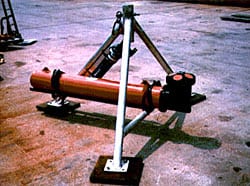
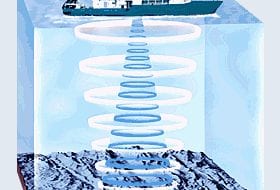
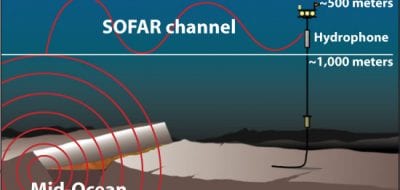
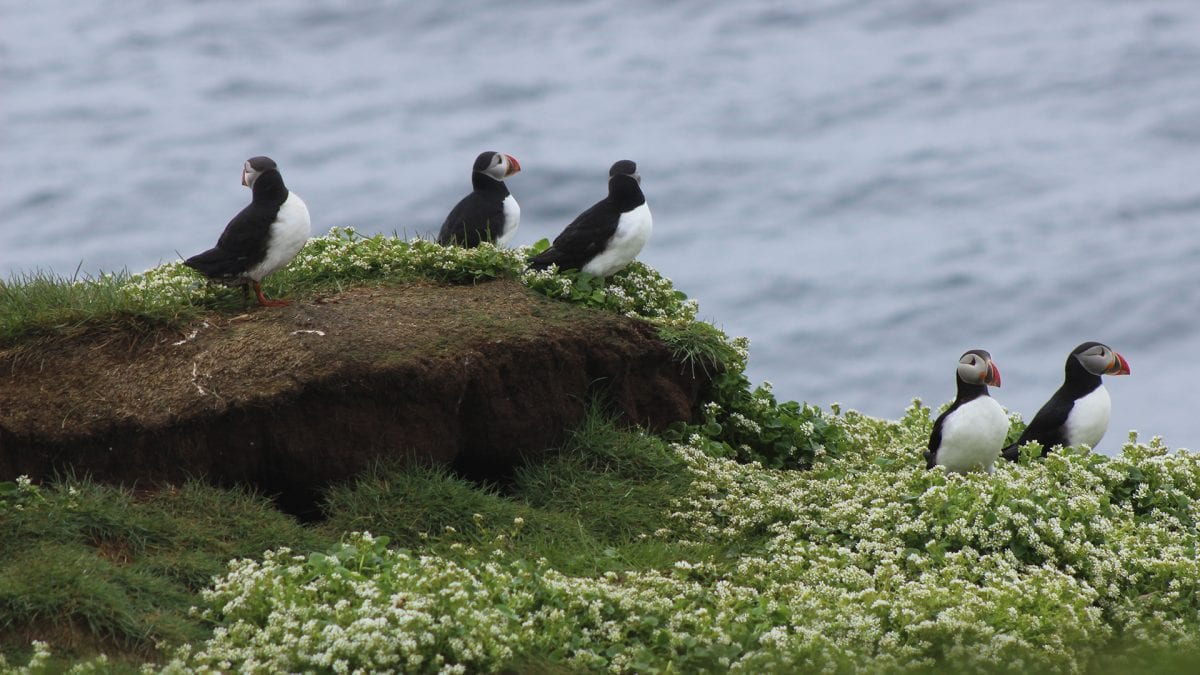
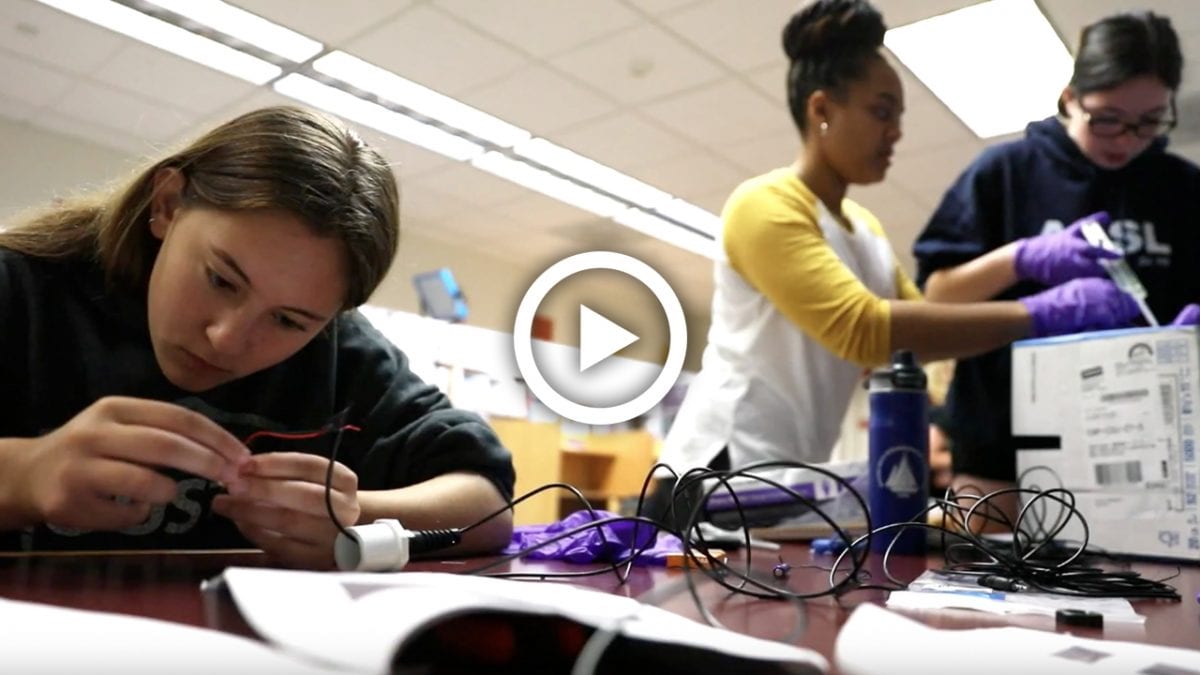
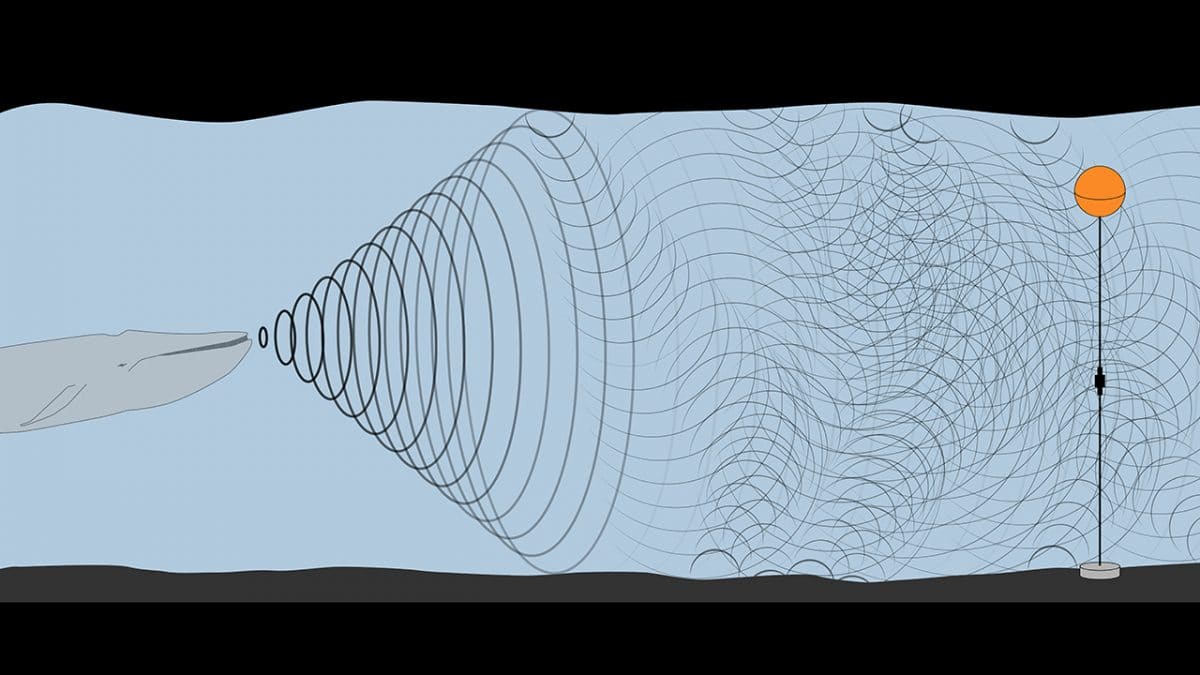
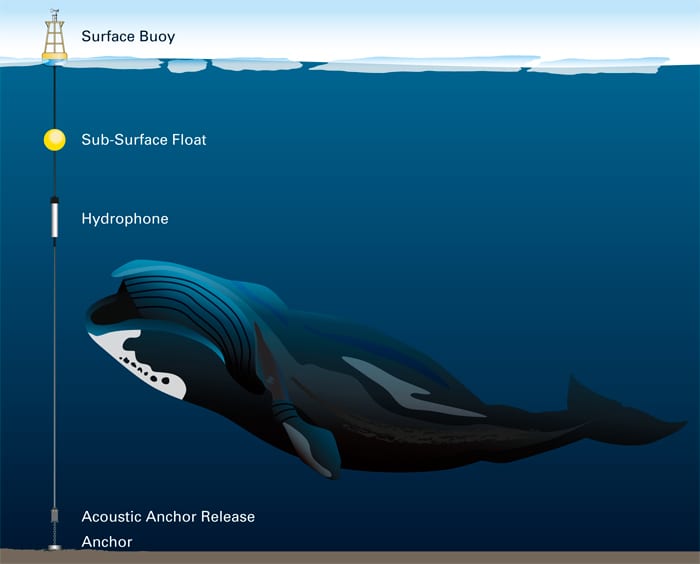
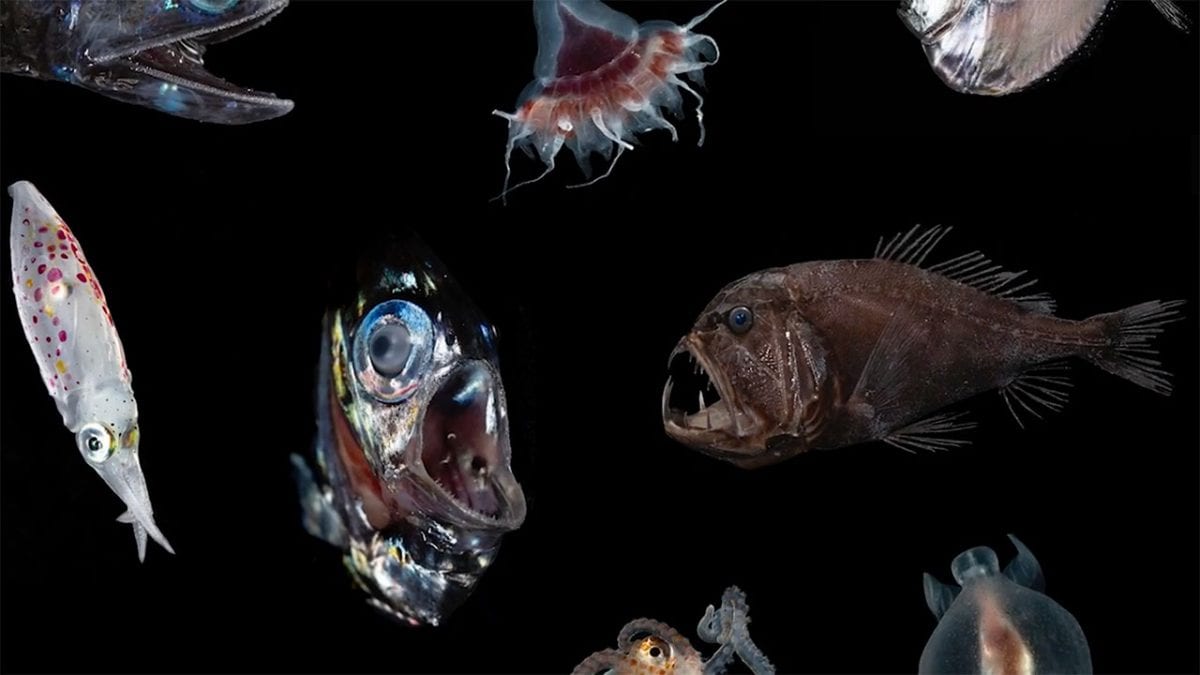

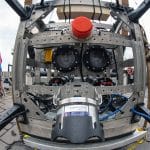 Imaging
Imaging 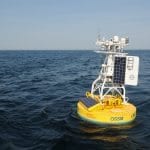 Moorings & Buoys
Moorings & Buoys 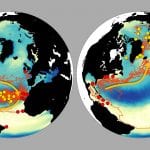 Ocean Modeling
Ocean Modeling 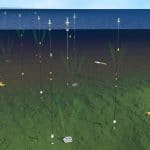 Ocean Observatories
Ocean Observatories  Ships
Ships  Underwater Vehicles
Underwater Vehicles